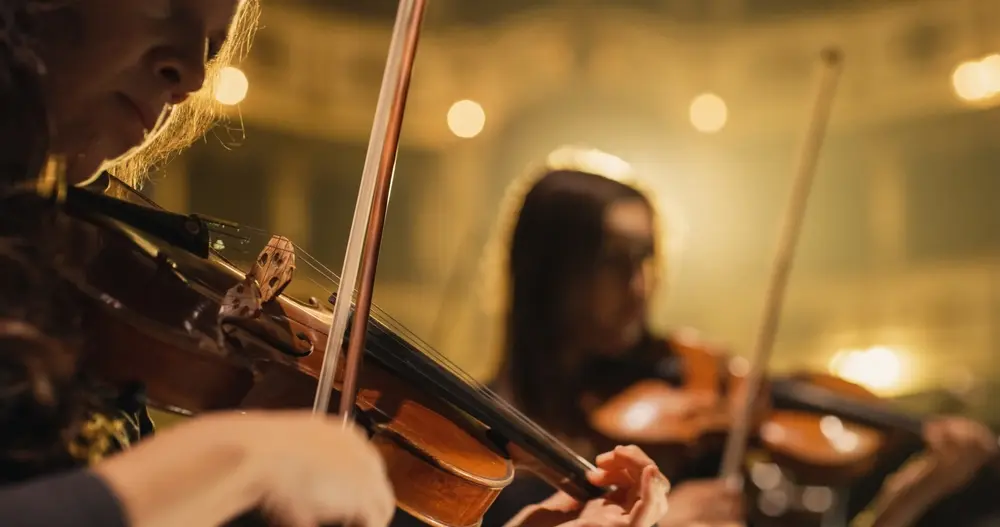Performing Arts Conditions in Charlotte, NC

Long hours of rehearsing and creating, combined with perfection-oriented repetition, can lead to injury as artists are required to use their bodies in ways that cause pain and ultimately dysfunction. Dancers incur injuries similar to sports and athletic-related injuries; musicians are considered “small muscle athletes” for their extensive use of their fingers and hands. Singers have a unique set of musculoskeletal functional needs, and dysfunction in any of these areas affects the quality and stamina of the voice. All artists are prone to develop musculoskeletal conditions, neurologic (motor and sensory nerve) disorders, vocal and hearing disorders, dental issues, respiratory disorders, anxiety, stress, substance abuse, and other health issues through the process of refining/honing their craft.

Prevention and intervention—before and after injury—are key to longevity in the arts. Dr. Estes understands this need intimately. He is a classically trained conductor, pianist, organist, and composer with a Master of Music degree from The Juilliard School and has spent his musical career serving as Music Director/Minister of Music in several churches, mostly in the New York City area. Dr. Estes understands the artistic soul and mindset, and he appreciates the heartfelt need to create. He chooses to practice medicine, in part, to help his fellow artists.
Treatments
- OMM: Helping the body heal itself.
- Injections for pain:
- Trigger point injections: Medication placed directly into the affected muscle can help it relax.
- Dry needling: Helps to break up tight bands of tissue (fascia) that cover muscles.
- Joint injections: Anti-inflammatories can help relieve overuse syndrome as part of a comprehensive therapy plan.
- Botulinum toxin injections (Botox): Can significantly help dystonia.
- Medications: Anti-inflammatories, muscle relaxants, nerve pain medications to help decrease inflammation and/or pain.
- Physical/Occupational/Speech Therapy
- Bracing: Can help protect and stabilize the injured area to allow healing.
